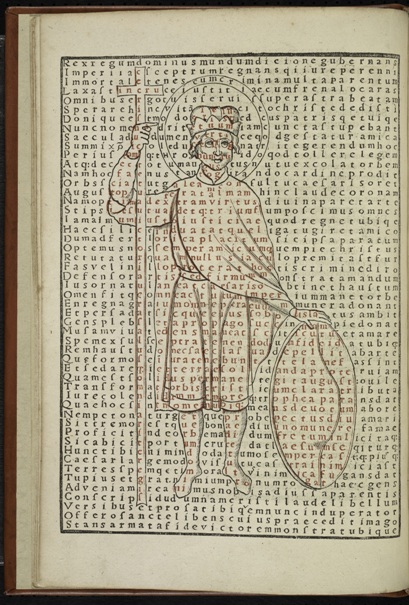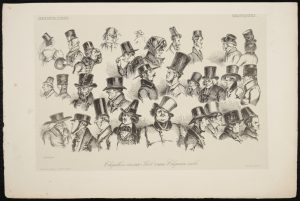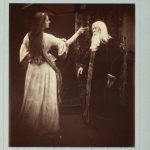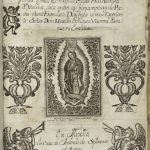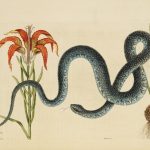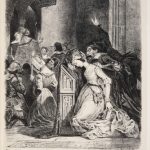We are excited to report that we’ve acquired a very rare edition of John Donne’s famous Devotions upon Emergent Occasions, known best for containing the oft-quoted “No man is an island” and from whence Ernest Hemingway received inspiration for the title of his book, For Whom the Bell Tolls. Our copy is of the very uncommon fourth edition (1634) and is all the more rare because it includes the engraved title-page by William Marshal depicting Donne in his death shroud based on his marble effigy in St. Paul. The fourth edition is the first with this engraved title-page, which is often missing in other copies.
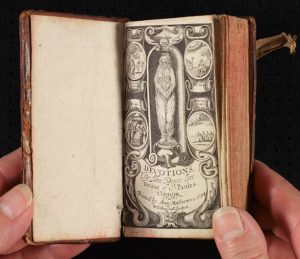
The passage containing Donne’s famous lines is found in Meditation XVII, ‘Nunc lento sonitu dicunt, Morieris’, the tolling of the passing bell:
No man is an Iland, intire of it selfe; every man is a piece of the Continent, a part of the Maine; if a Clod bee washed away by the Sea, Europe is the lesse, as well as if a Promontory were, as well as if a Mannor of thy Friends, or of thine owne were; Any mans death diminishes mee, because I am involved in Mankinde, and therefore never send to know for whom the Bell tolls, It tolls for thee.




